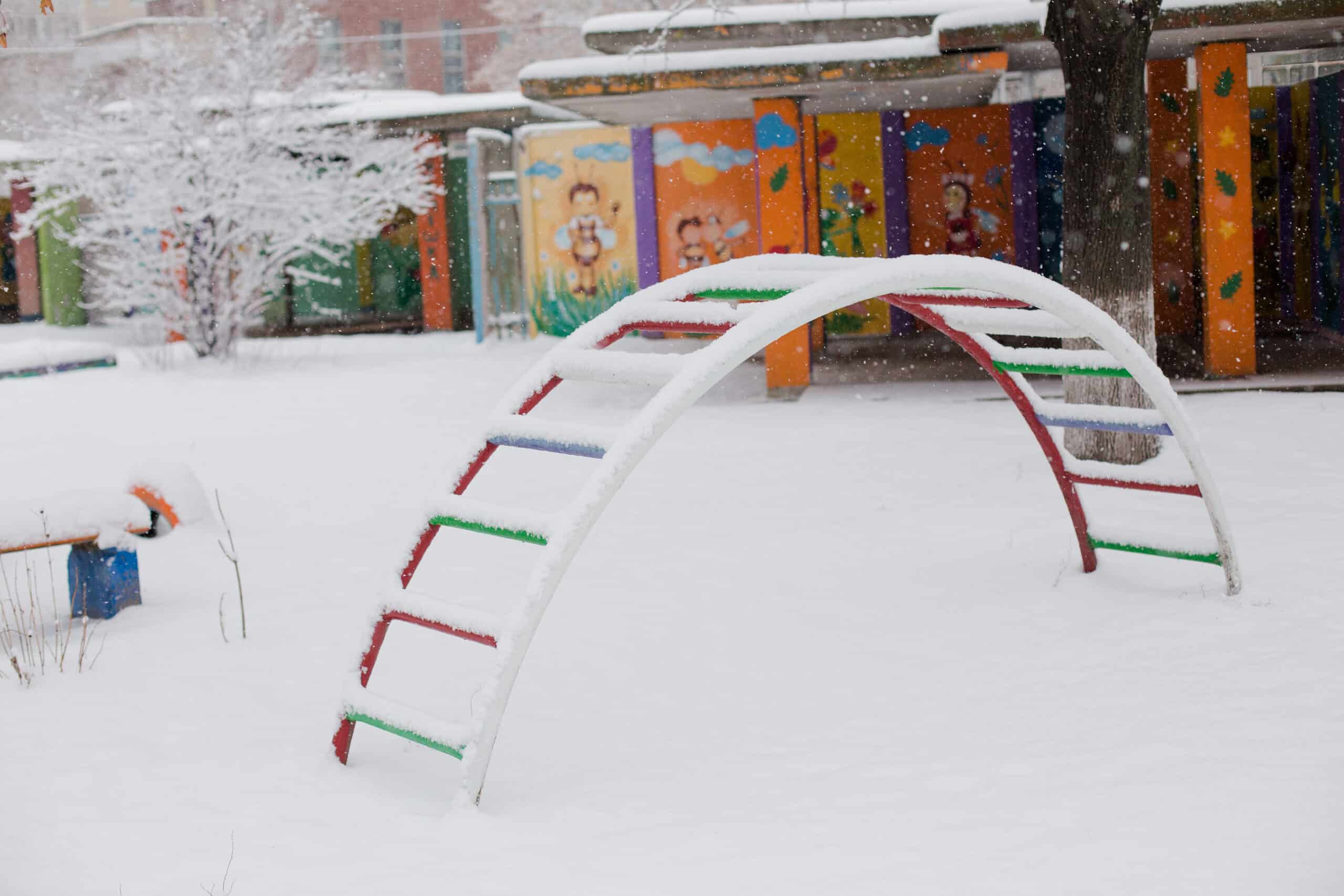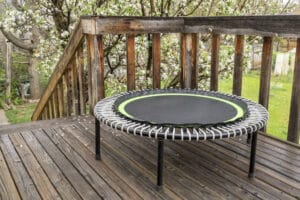Should you cover a trampoline in the winter?
Key Takeaways
- Protection from Snow, Rain, and UV Rays: Covering a trampoline in winter helps shield it from damaging elements such as snow, rain, and UV rays, which can cause rusting, weakening of the jumping mat, and deterioration of spring pads.
- Prevention of Rusting: By keeping the trampoline dry, a cover can protect the metal parts from rusting, which can weaken the structure of the trampoline and pose safety risks.
- Prevention of Snow Accumulation: Covering a trampoline helps prevent excessive snow accumulation, which can strain the frame, springs, and jumping mat, leading to potential damage.
Many trampoline owners wonder whether it is necessary to cover their trampolines during the winter months. While there are varying opinions on this topic, it is important to consider the pros and cons before making a decision. In this article, we will explore the benefits and drawbacks of covering a trampoline in winter based on the information provided.
The Benefits of Covering a Trampoline in Winter
According to the sources provided, there are several advantages to covering a trampoline during the winter months. These benefits include:
- Protection from Snow, Rain, and UV Rays: One of the primary reasons to cover a trampoline in winter is to shield it from the elements. Snow, rain, and UV rays can cause damage to the trampoline, such as rusting of metal parts, weakening of the jumping mat, and deterioration of spring pads. A cover helps prevent these issues and prolongs the lifespan of the trampoline.
- Prevention of Rusting: By keeping the trampoline dry, a cover can help protect the metal parts from rusting. Rust can weaken the structure of the trampoline and potentially pose safety risks.
- Prevention of Snow Accumulation: Another benefit of covering a trampoline is to prevent snow accumulation. Excessive snow on the trampoline can put strain on the frame, springs, and jumping mat, leading to potential damage.
- Maintaining Longevity: By protecting the trampoline from moisture-related issues, such as sagging and mildew, covering it in winter helps maintain its longevity for long-lasting use.
The Drawbacks of Covering a Trampoline in Winter
While the sources provided mainly focus on the benefits of covering a trampoline in winter, it is important to consider the potential drawbacks as well. Some possible cons include:
- Cost of Purchasing a Cover: One of the disadvantages of covering a trampoline is the cost associated with purchasing a weather cover. Trampoline covers can range in price, and this additional expense may not be feasible for everyone.
- Securing the Cover: Properly securing the cover to prevent it from being blown away in strong winds can be a challenge. If not secured adequately, the cover may become ineffective or even cause damage to the trampoline.
- Hassle of Removing and Storing the Cover: Depending on the size and design of the trampoline cover, removing and storing it during winter months can be a hassle. This may require additional time and effort, which some trampoline owners may find inconvenient.
Final Verdict
Considering the benefits and drawbacks of covering a trampoline in winter, it is ultimately a personal decision based on individual circumstances. If you live in an area with heavy snowfall, frequent rain, or prolonged exposure to intense UV rays, it may be beneficial to cover your trampoline to protect it from potential damage and extend its lifespan.
However, if you live in a region with mild winters or have a trampoline specifically designed to withstand winter conditions, covering it may not be necessary. In such cases, regularly inspecting and maintaining the trampoline throughout the winter months may be sufficient.
It is important to note that regardless of whether you choose to cover your trampoline or not, proper maintenance is crucial. This includes regularly checking for any signs of wear and tear, ensuring the trampoline is securely anchored to the ground, and following the manufacturer’s guidelines for safe usage.
Related Websites:
FAQs:
Q: Why is it important to cover a trampoline in the winter?
Covering a trampoline in the winter is important to protect it from snow, ice, and extreme weather conditions. This prevents potential damage and increases its durability, ensuring longevity and safety.
Q: What are the benefits of covering a trampoline during winter?
Covering a trampoline during winter prevents snow accumulation, reducing the risk of damage. It also protects the trampoline from harsh weather elements, increasing its durability. Additionally, covering the trampoline keeps it clean, reducing the maintenance required in spring.
Q: How do I choose the right trampoline cover?
When choosing a trampoline cover, it is important to select one specifically designed for trampolines. Consider the materials used, such as PVC or polyethylene, and their pros and cons. Ensure the cover fits the trampoline properly to provide optimal protection.
Q: How do I properly cover a trampoline in winter?
To properly cover a trampoline in winter, follow these steps: 1. Start by cleaning the trampoline and removing any debris. 2. Place the cover over the trampoline, ensuring it fits snugly. 3. Secure the cover tightly using bungee cords or straps. 4. Regularly check and adjust the cover during winter storms to ensure it remains in place.
Q: What are the alternatives to covering a trampoline in winter?
If covering the trampoline is not feasible, consider alternative measures such as disassembling the trampoline or storing it indoors during the winter months. These options help protect the trampoline from winter weather conditions and preserve its longevity.






